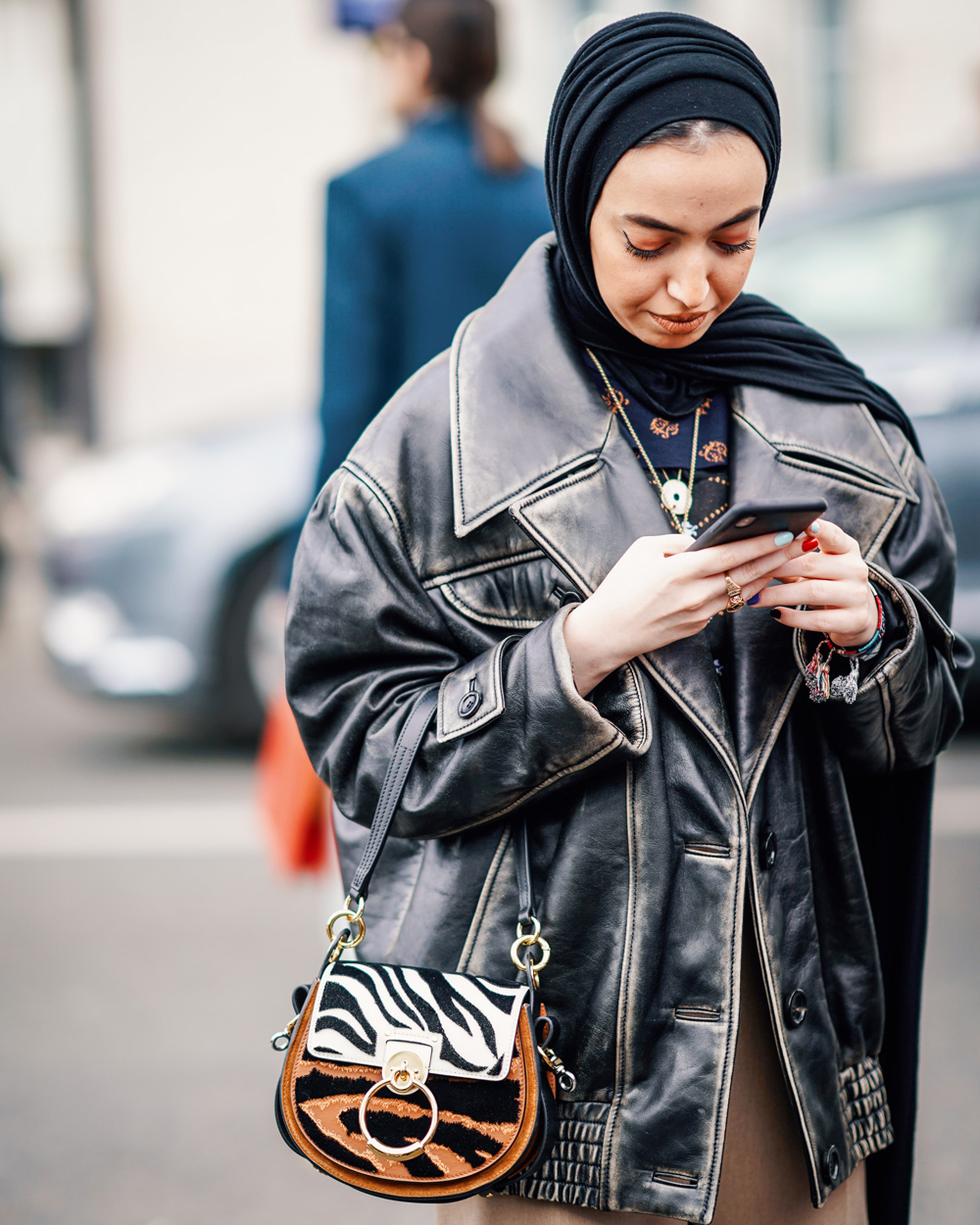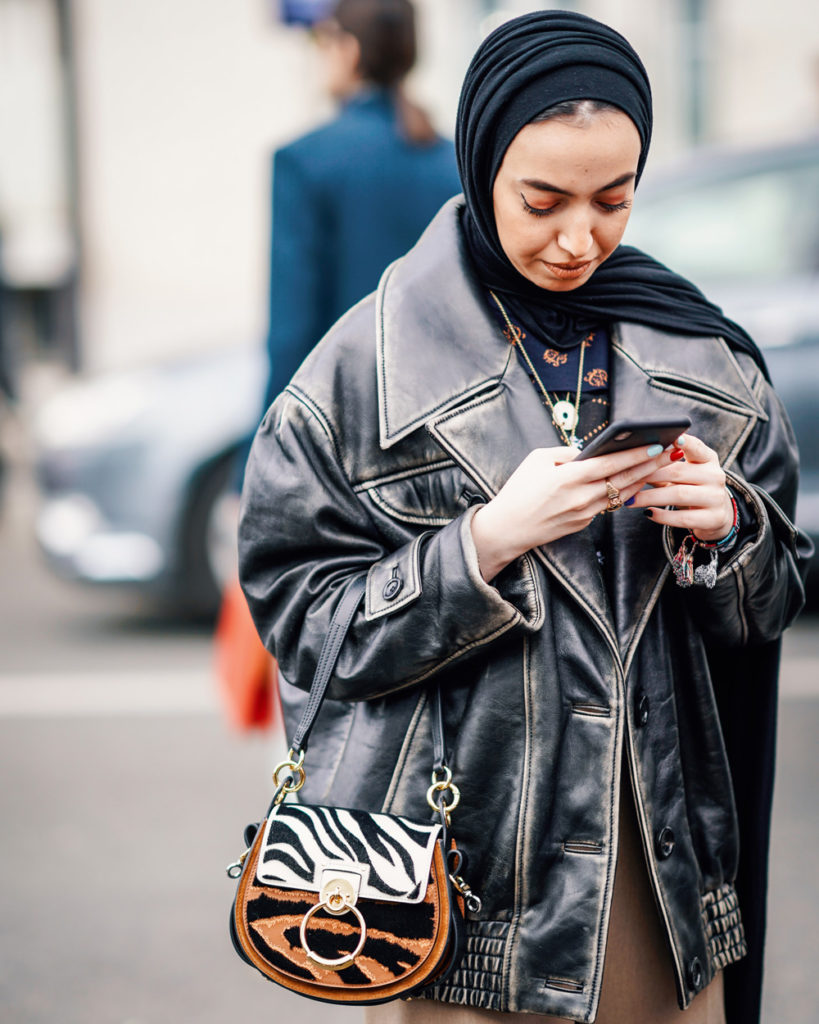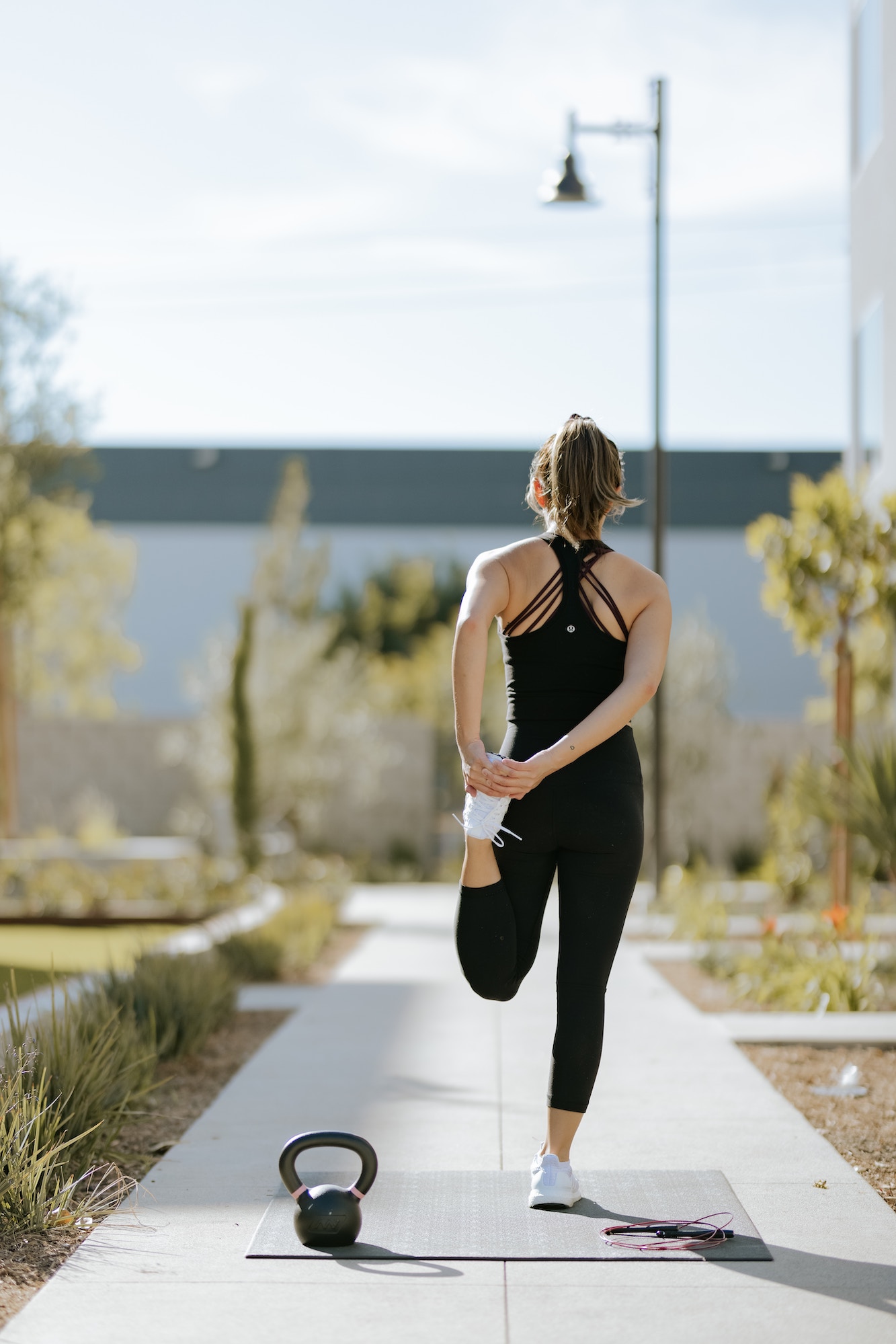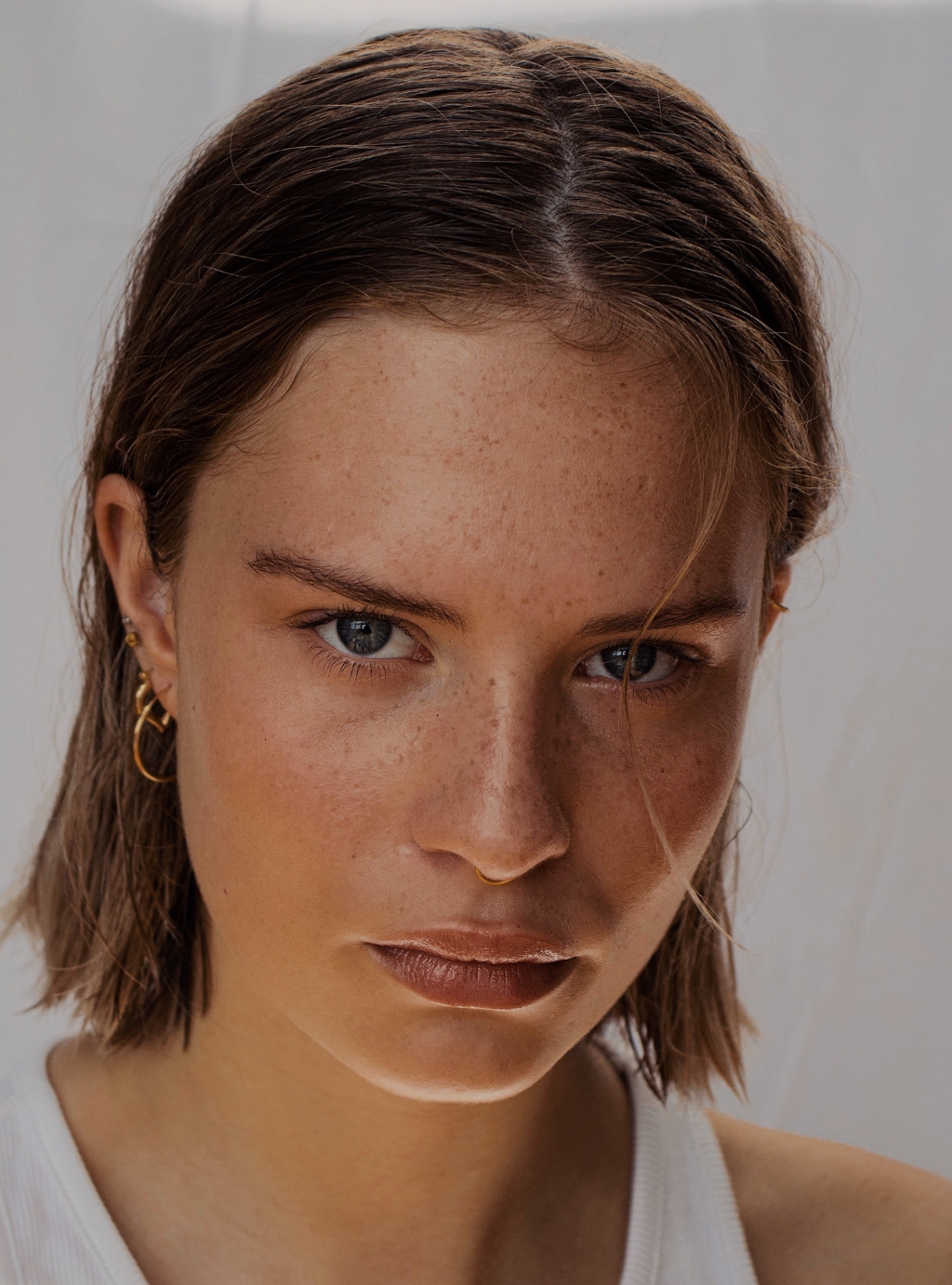Instagram’s “likes” tally may be gone, but social media can still leave us feeling inadequate at times – so let’s do something about it! Lucy Slight looks at ways to make it work for you and your career, and put some fun back into your feed.
Is social media making you stressed, sad or lonely? You’re not the only one. A 2018 study by the University of Pennsylvania, marking the first experimental research into the use of multiple social-media platforms (Facebook, Instagram and Snapchat) revealed a causal link between time spent on social media and increased depression and loneliness. Psychologist Melissa G Hunt, the associate director of clinical training at the University’s Psychology Department, said of the findings: “It is a little ironic that reducing your use of social media actually makes you feel less lonely. Some of the existing literature on social media suggests there’s an enormous amount of social comparison that happens. When you look at other people’s lives, particularly on Instagram, it’s easy to conclude that everyone else’s life is cooler or better than yours.”
According to J Walter Thompson (JWT) Intelligence, the research team at Facebook conducted its own study back in 2017 which concluded that “when people spend a lot of time passively consuming information — reading but not interacting with people — they report feeling worse afterward”. And a 2018 study conducted by US advertising and marketing agency Hill Holliday’s research arm Origin revealed that 34 percent of the 1000-plus 18 to 24-year-olds surveyed were permanently quitting social media, while 64 percent were at the time taking a break from their daily scrolling.
However, with 77 percent of participants agreeing that having social media provides more benefits than drawbacks, it goes without saying that this popular medium of communication and information sharing is here to stay. And whether you feel positively or negatively towards social media yourself, there’s no denying it’s addictive. Interacting with social media — getting notifications, counting your “likes” (thankfully phased out by Instagram for now) and chatting with friends — activates the brain’s rewarding centres, stimulating the release of dopamine, the chemical that creates the feelings of pleasure and want. According to Digital Information World, the pull of dopamine is so strong that studies have shown tweeting is harder for people to resist than cigarettes and alcohol.
With that being said, it’s high time we all took a moment to clean up our feeds and commit to making these platforms a more positive and inclusive space, especially if we’re already that addicted – as 60 percent of females admit to being. It’s true that you can’t control what other people post, but you do have control over what you choose to see and how much time you spend interacting with it — so make it work in your favour.
Treat Instagram like your morning newspaper
Do you pick up your phone and start scrolling as soon as your alarm goes off? Make that time more meaningful by following a few key accounts that keep you informed about what’s going on in the world, as well as some that put a smile on your dial. We love @tanksgoodnews for some serious feelgood factor.
Trick the algorithm
If you already follow a bunch of positive people and brands but find they’re not appearing in your feed regularly, trick the algorithm by visiting their pages, interacting with their posts and watching their stories. They should soon start filling your feed once again.
Take a break
Facebook and Instagram have both introduced time- management features to help prevent overuse, while YouTube has introduced its “take a break” feature, which allows you to install custom reminders to take a breather from your bingeing. Commit to figuring out how they work – and use them! Better yet, schedule in one social-media-free day per week and see how it makes you feel.
Make friends with the unfollow button
If something or someone on your social media feed makes you feel down, unfollow immediately. This one’s a no-brainer, but it does take a conscious effort to stop and hit that unfollow or mute button rather than simply scrolling on. If someone makes you feel shit once, it’s bound to happen again.
Three social-media savvy women, who also understand the business of Instagram, share their tips for making the most of time spent scrolling – and in the most positive ways.
“Have a purge of who you’re following. I found myself feeling down due to the content that was on my feed. None of it was malicious against me personally, but I would follow a lot of people who seemed to have the picture-perfect life and I compared myself to them. Once I unfollowed, I could no longer compare their highlights reel to my behind-the-scenes. Go out of your way to follow positive people on Instagram that make you feel better about yourself and your day. @BodyPosiPanda and @JameelaJamilOfficial are two accounts that are full of diversity and love and important conversations. When your feed is full of light, love and positivity, it’s a much safer place to be. Social media can be an incredible tool to connect with like-minded people, as long as you use it to enrich your life with interesting people instead of using it to compare with what your life “should” be.” – Megan Annear, radio host on The Edge Breakfast with Dom, Meg and Randell.
“I only follow accounts that make me feel good, teach me, inspire me, make me laugh, or that I find interesting. That’s my personal philosophy when it comes to social media. Life is too short to spend it comparing yourself to others. I also try to use common sense when scrolling. No one has a perfect life and everyone has problems! But for some reason we sometimes choose to ignore this when scrolling. Instagram is just like a photo album; have you ever seen a photo album with a picture of someone crying? It’s natural for people to want to only share happy moments, don’t let that fool you into thinking they have a perfect life. Block idiots straightaway. I have zero time for negativity, so instead of getting into silly arguments with people, I block them and I feel instantly better!.” – Matilda Green, Influencer, entrepreneur and author.
“As my Instagram following grew, so did my time spent on the platform and I started being overly conscious of the number of views I was getting on my stories and the follower count on my page.
I felt pressure to post consistently and respond promptly to messages to keep momentum going. In recent months I have also been approached more often by brands asking if I want to promote their product or service. While it is incredibly flattering that people want to collaborate with me, I also find it really stressful to think about “working” my social media. Recently, while on honeymoon, I made a conscious effort to put my phone away and I found that a whole lot of anxiety went with it! I had to face some pretty hard truths about the amount of time I spent on my phone and how I prioritised it, unintentionally, over many other areas of my life – including my kids. As a result, I took a break and re-evaluated what the purpose of my Instagram profile was.
After three weeks offline, I decided that there are still elements of Instagram I greatly enjoy; it is often inspirational and a great way to connect with like-minded people. However, I also decided I did not want to use Instagram to promote brands and that I would no longer allow myself to be under pressure to post if I didn’t want to. That meant letting go of caring about numbers – the number of days between posts, the number of views on my stories, the number of people following my page and liking my photos.” – Jane Yee, Blogger, podcaster and mum of three.
Words: Lucy Slight
Photo: Getty Images
This article originally appeared in Fashion Quarterly issue 3 2019.







